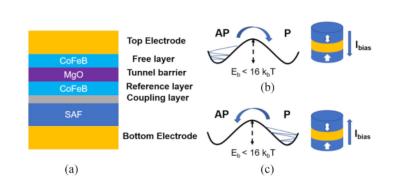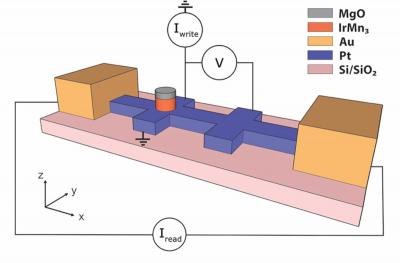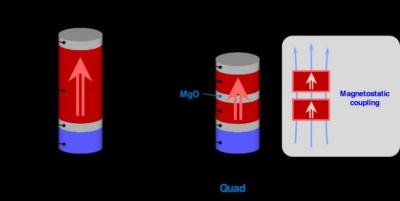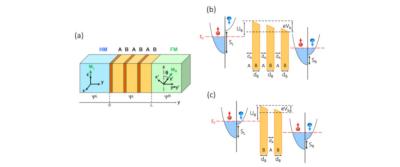Researchers from Tohoku University developed the world's smallest STT-MRAM MTJ
Researchers from Tohoku University managed to fabricate the world's smallest STT-MRAM MTJ, at 2 nm. In addition, the researchers demonstrated fast switching (3.5 ns) in sub-five-nm STT-MRAM MTJs.

The new MTJ were developed using a new multilayered ferromagnetic structure that can engineer characteristic relaxation time, which governs the magnetization dynamics in the ns regime.




